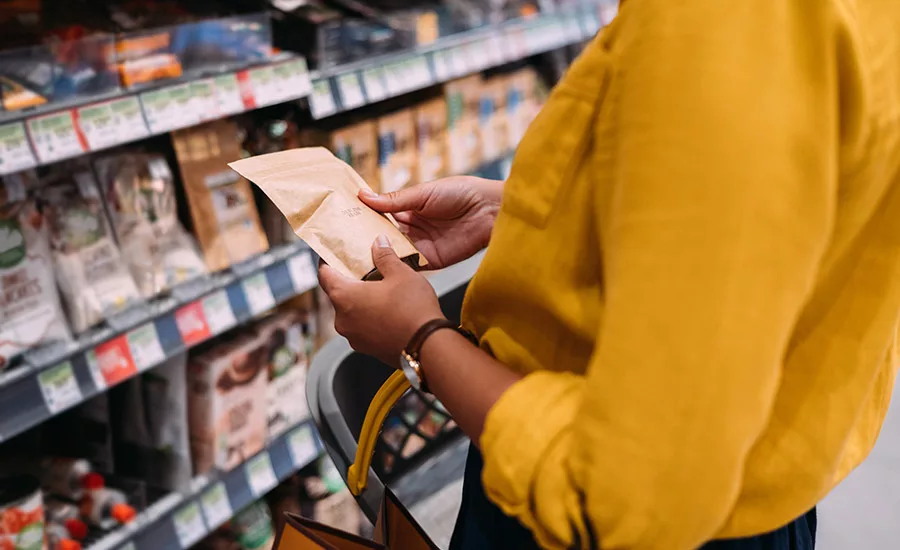Sustainability and Smart Technology Drive Trends in Packaging
Major drivers in the global packaging industry include sustainability, personalization, and smart packaging.

FreshSplash / E+ via Getty Images
As the global economy continues to transition towards ecommerce and sustainability, the need for solutions that help packaging suppliers produce more eco-friendly products continues to grow. What are the latest trends in the packaging industry, and what role will adhesives play as packaging providers respond to those trends? These are some of the questions ASI posed to packaging industry veteran Carlos Quintero, the director, Industry Services, at PMMI, The Association for Packaging and Processing Technologies. Quintero has over two decades of experience in the industry, with expertise in packaging, processing, capital equipment, and intelligent supply chain technology.

ASI: What trends are you seeing in the packaging industry? What demands from customers are driving the need for new innovation?
Carlos Quintero: The trends in the packaging industry are primarily driven by sustainability, personalization, and smart packaging. Customers are seeking containers or packaging that are not entirely disposable, but also offer a more enhanced experience. In terms of sustainability, the demands are for packaging that can be reused or repurposed. Regarding personalization, the demands are for packaging that contains some type of augmented reality (AR) providing a unique experience that strengthens brand loyalty. Concerning smart packaging, the demands once again involve AR, but additionally, customers are looking for more advanced implementations such as QR coding that offer clear traceability and possibly temperature-controlling features.
ASI: How has consumer interest in the ecological footprint of their purchases impacted the packaging industry?
Quintero: Customers' interest in the ecological impact remains loud and strong. They are certainly sensitive to large, overly elaborate containers that not only feel excessive but also scream "landfill only." Plastic certainly remains a source of discomfort for many consumers, and their preference would be to see alternatives that provide more environmentally responsible materials such as paper or any type of compostable or reusable packaging. It is important to note that the majority of consumers will not sacrifice the rigidity and proper functionality of the packaging in lieu of more sustainable solutions; therefore, more green solutions must comply with current usage expectations.
ASI: What are packaging providers looking for in terms of new innovations in adhesives?
Quintero: Packaging providers must intensify their research and development efforts toward innovations in adhesives that are non-toxic, biodegradable, and/or derived from natural sources. It is crucial to emphasize that packaging performance should never be compromised.
ASI: What is driving growth in the packaging industry, and what do you expect to drive growth in the future?
Quintero: The single largest innovation driver in the packaging industry will remain e-commerce adaptability. Primary and secondary packaging must be adapted to newer logistical challenges and innovations. The growth of new delivery methods such as drone and self-driving vehicles will drive the need for reusable, collapsible, and long-life rigid containers. In addition to this, lightweighting, monomaterials, biomaterials, compostable materials, and recycling are some of the efforts underway to address sustainability concerns and reduce environmental impact in packaging. These initiatives aim to create packaging solutions that are not only functional and durable but also eco-friendly and resource-efficient, aligning with the growing consumer demand for sustainable products and practices.
Additional information about PMMI and its events is available at www.pmmi.org.
Looking for a reprint of this article?
From high-res PDFs to custom plaques, order your copy today!





